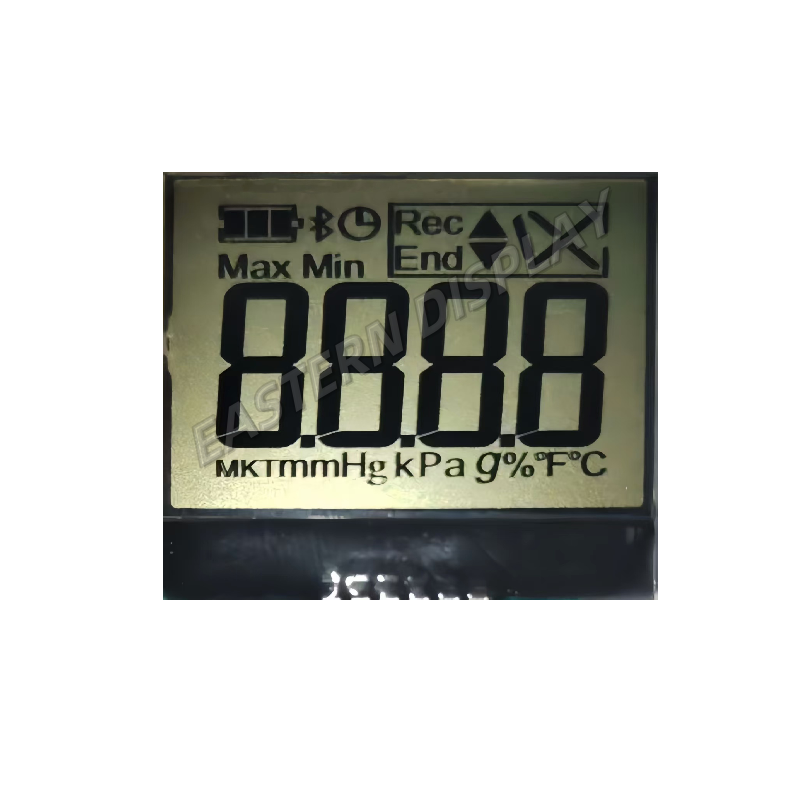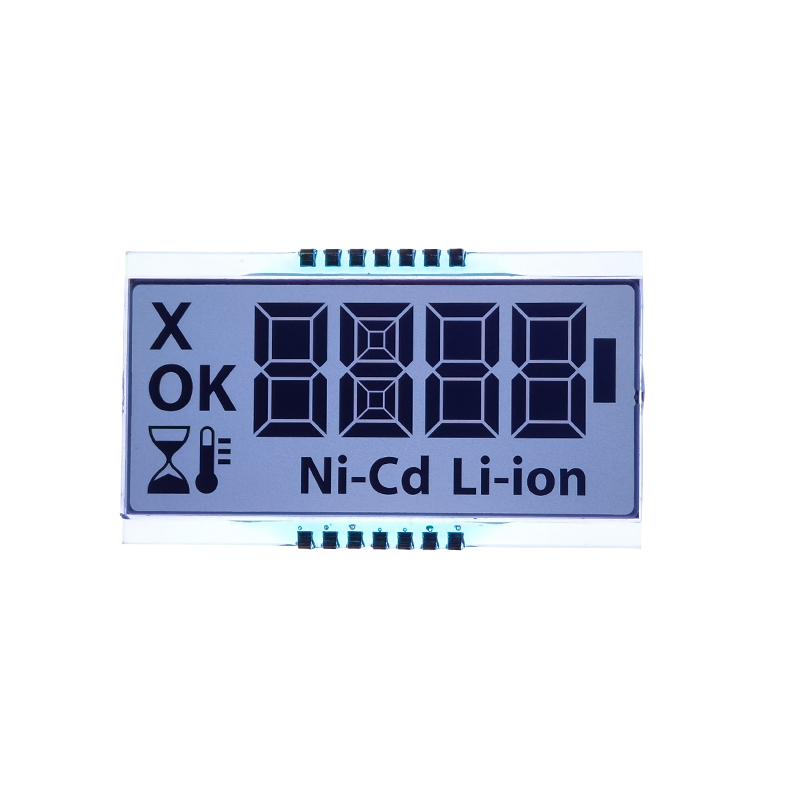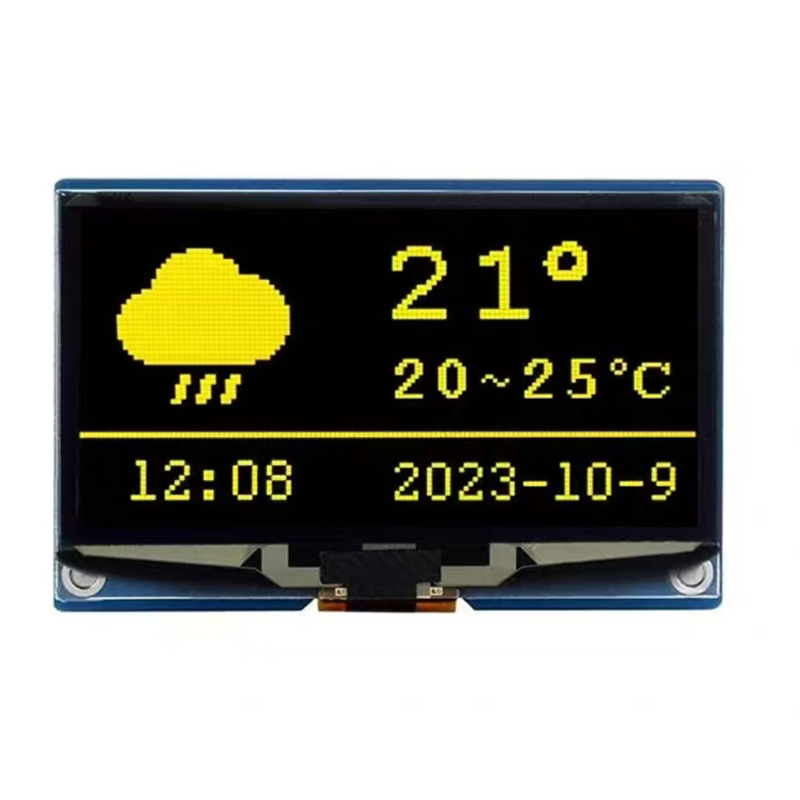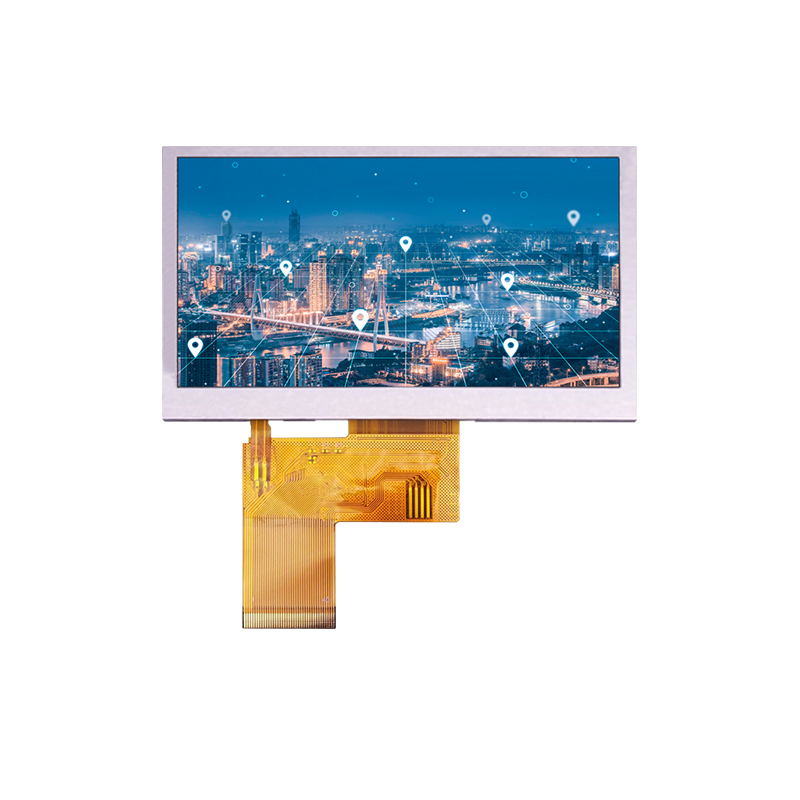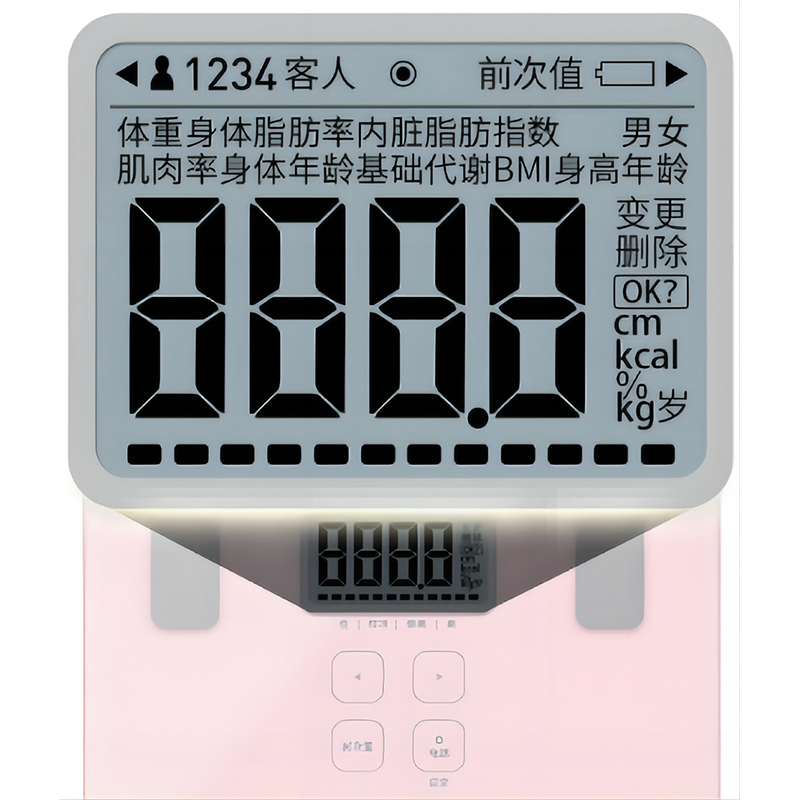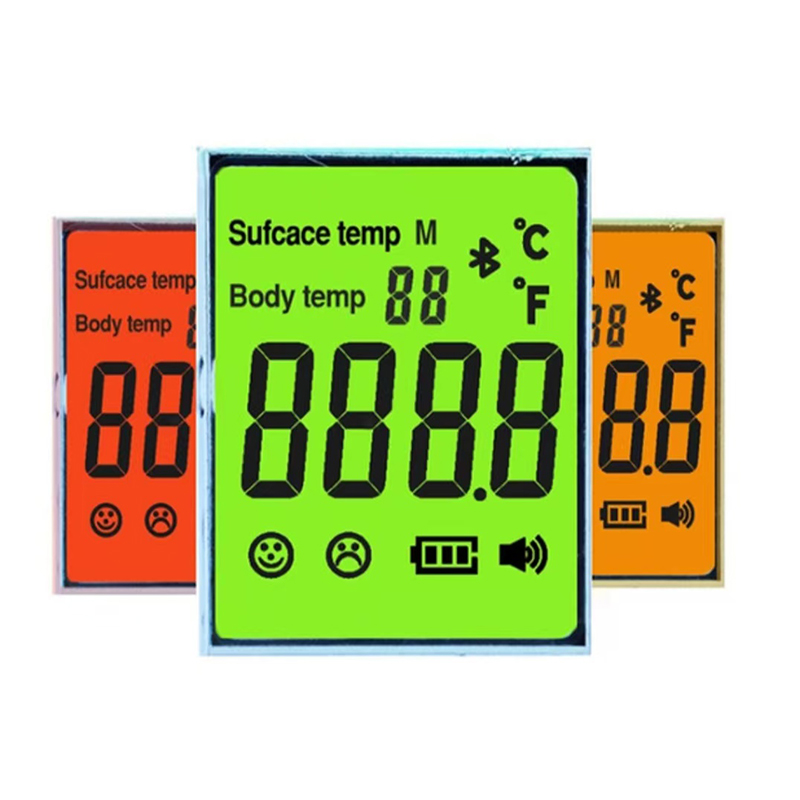
The Serial Peripheral Interface (SPI) is a synchronous, full-duplex communication bus used for short-distance communication, primarily in embedded systems. Its popularity stems from its speed, simplicity, and relatively low hardware overhead compared to other communication protocols like I2C. The Arduino Uno SPI interface provides a readily available and easy-to-use implementation of this powerful protocol.
SPI operates using four primary lines:
The master device controls the clock speed and initiates the communication. Data is transferred bit by bit, synchronized by the SCK signal. The Arduino Uno SPI interface typically utilizes digital pins 11 (MOSI), 12 (MISO), 13 (SCK), and 10 (SS).
The Arduino IDE comes with a built-in SPI library, simplifying the interaction with SPI devices. This library provides functions for setting the SPI clock speed, selecting the slave device, and transferring data.
Here's a basic example of sending and receiving data using the Arduino Uno SPI interface:
cpp#includeThe SPI clock speed can be adjusted using the SPI.setClockDivider() function. This function takes an argument that determines the clock divider. The Arduino Uno's SPI typically supports clock speeds up to 8MHz. Refer to the Arduino SPI documentation for more information on clock dividers.
Beyond basic data transfer, the Arduino Uno SPI interface supports more advanced techniques, such as using multiple slave devices and handling interrupts. This section will explore these techniques in more detail.
The Arduino Uno SPI interface can communicate with multiple SPI slave devices simultaneously. Each device is assigned a unique Slave Select (SS) pin. By activating the appropriate SS pin, the Arduino can select and communicate with a specific slave device.
SPI interrupts allow the Arduino to respond to incoming SPI data without blocking the main program execution. This is particularly useful for high-speed or real-time applications.
The SPI protocol is extensively used with various devices. Some common examples include:
The versatility of the Arduino Uno SPI interface makes it an ideal choice for a broad range of applications.
While SPI is generally reliable, occasional problems might arise. These might include incorrect clock speeds, wiring errors, or issues with the slave device itself. Careful verification of the wiring and clock settings are crucial for successful SPI communication.
| Issue | Possible Cause | Solution |
|---|---|---|
| No communication | Incorrect wiring, wrong SS pin, incorrect clock speed | Double-check wiring, verify SS pin and clock speed. |
| Garbled data | Clock speed mismatch, data corruption | Adjust clock speed, check for signal interference. |
This comprehensive guide provides a solid foundation for understanding and utilizing the Arduino Uno SPI interface. By mastering these techniques, you'll unlock the potential of this versatile communication protocol for a wide variety of embedded projects.
Further resources can be found on the official Arduino website.

